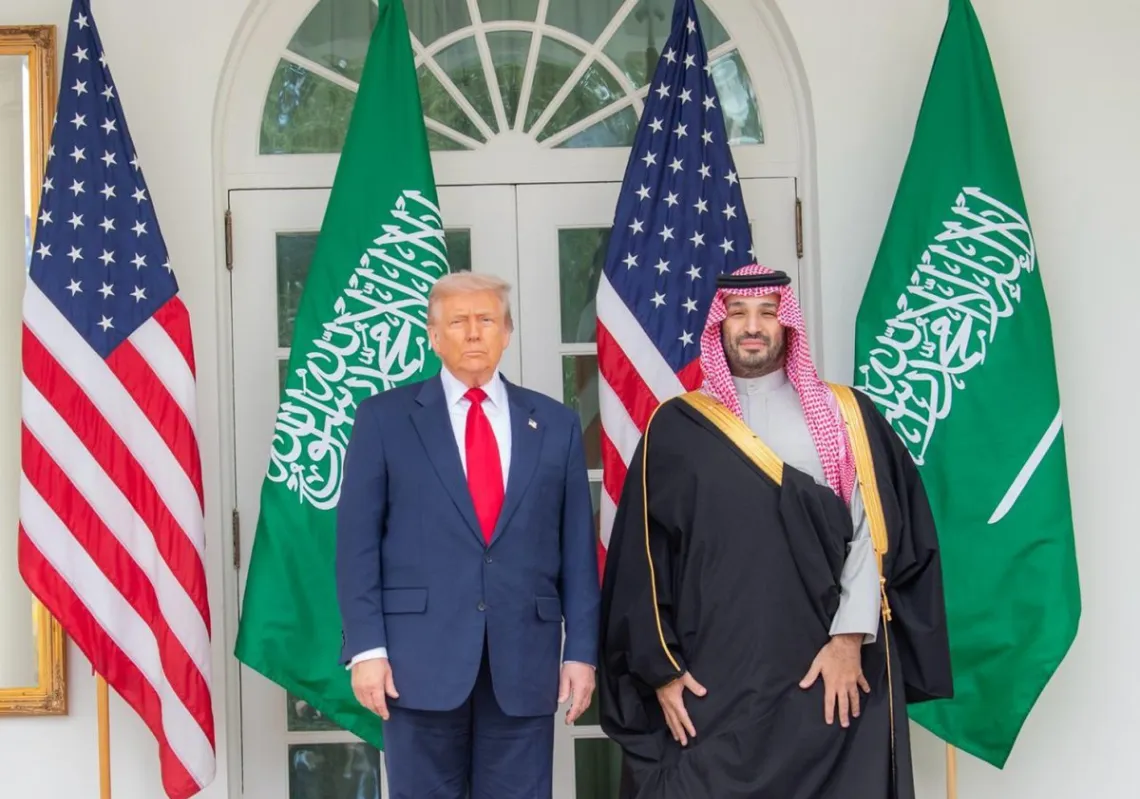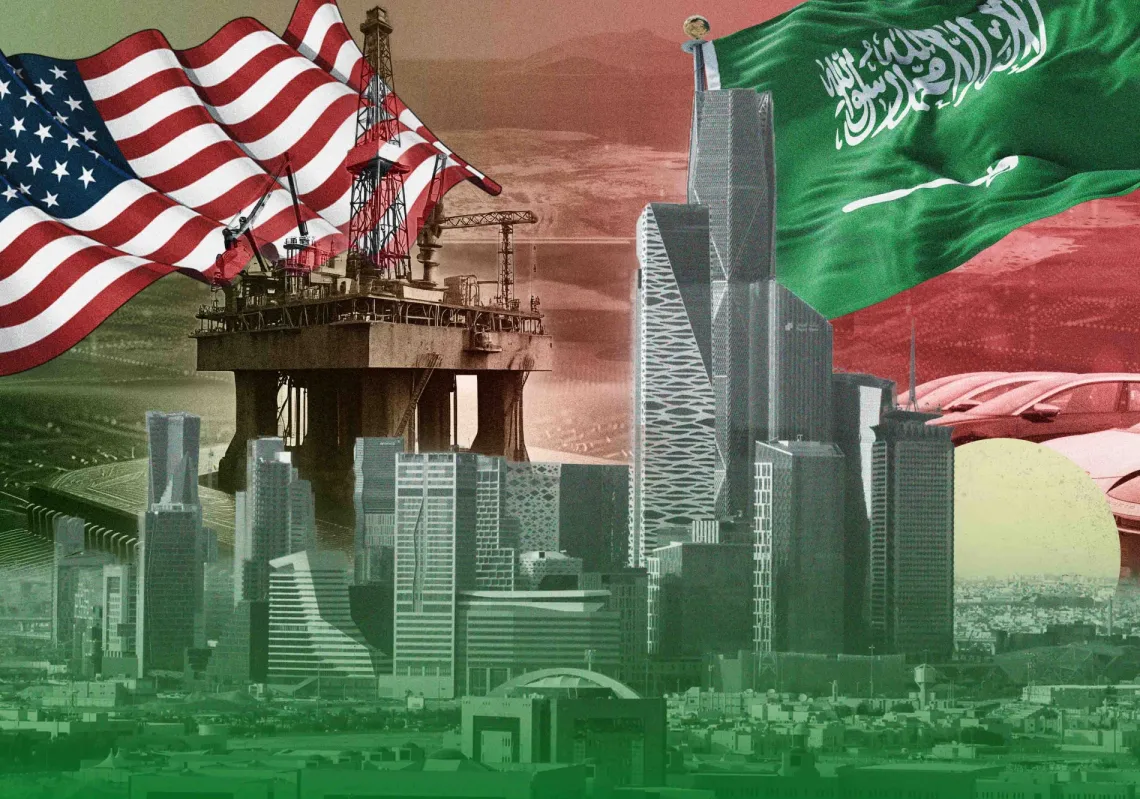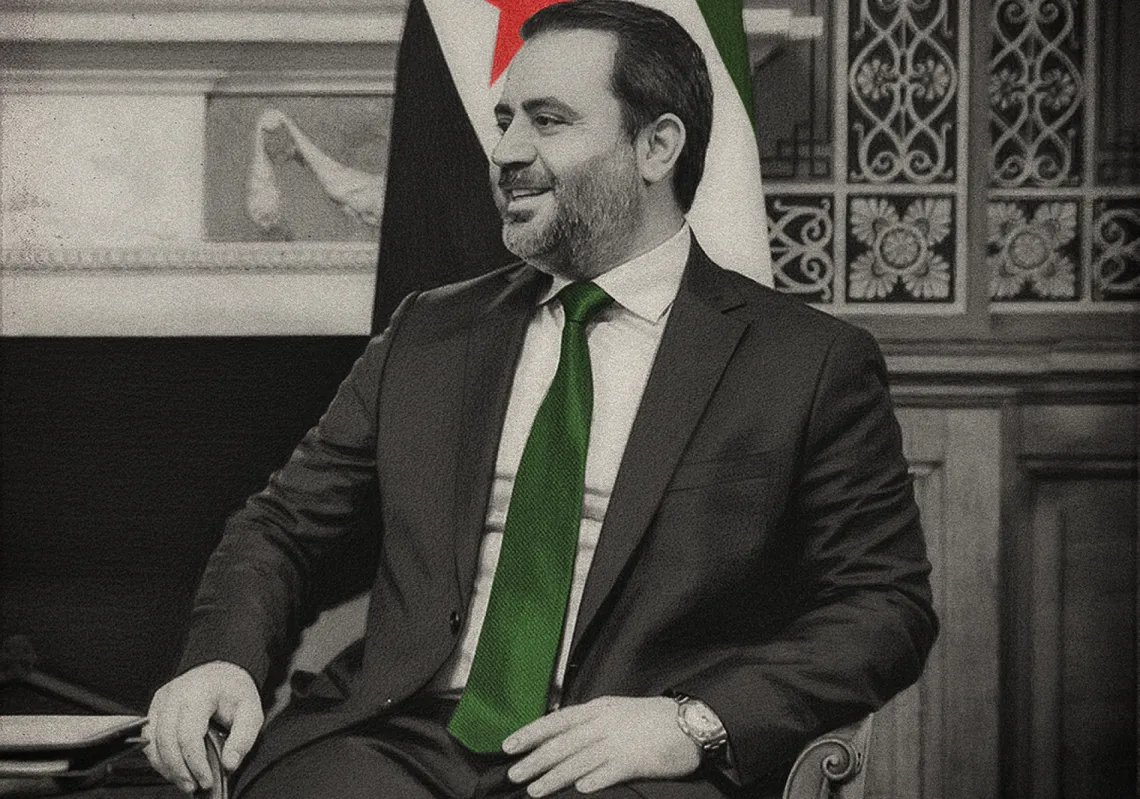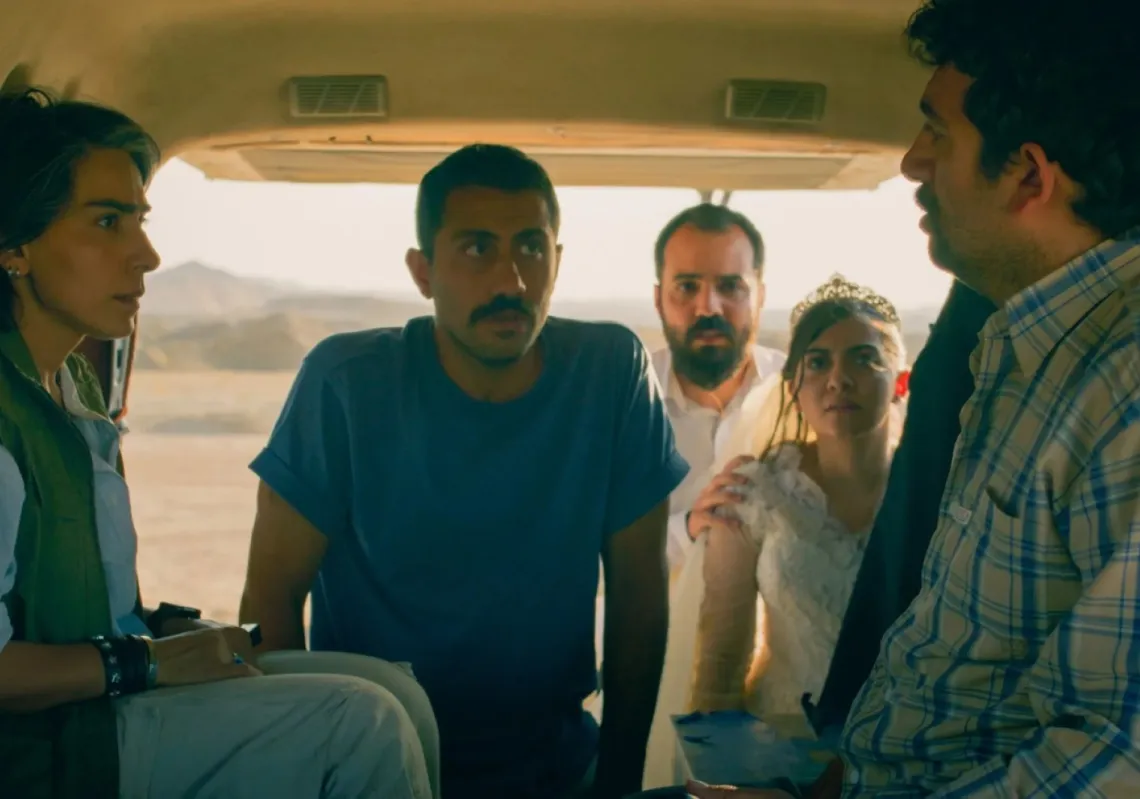Developing countries now account for more of the COVID-19s daily global death toll, at 85 percent and climbing, than high-income countries. Thanks to high vaccination rates, deaths in these rich countries have fallen from 59 to 15 percent of the global share, an all-time low, according to the Brookings Institution. The signs of this switch are jarring. Vaccinated Americans are reading up on how to make the most of a summer vacation in Europe, while unvaccinated Indians are searching for tips on how to stay alive.
Not only are cases high in India, but surges are happening in parts of Africa, Latin America, and Asia. To meet the challenge, leaders of the G7 countries, who gathered last month in the United Kingdom, announced new commitments that would bring their collective vaccine donations to 1 billion doses over 2021 and 2022, mainly through COVAX, a consortium consisting of Gavi, the Vaccine Alliance; the Coalition for Epidemic Preparedness Innovations; and the World Health Organization. Half of these newly promised doses will come from a U.S. government deal with Pfizer, of which 200 million doses will be made available toward the end of this year, and 300 million in the next. This news comes after an earlier decision to donate 80 million vaccines from the U.S. stockpile in the next few weeks.
These donations are generous. Also welcome is President Joe Biden’s support for a waiver of vaccine patents, and a joint task force between the United States and the European Union to increase COVID-19 vaccine and drug manufacturing. But the world needs about 10 billion vaccines delivered as quickly as possible. The only way to reach that goal is for Biden to support a comprehensive World Trade Organization waiver that goes beyond vaccine patents to all technologies associated with the vaccines, and for him to persuade other countries to do the same. He also must compel pharmaceutical companies to share their vaccine technology, something well within his power for the vaccines the U.S. has funded.
Relying solely on philanthropy or existing manufacturers has not produced enough vaccine doses—and is unlikely to do so in the future. COVAX promised to send 2 billion doses to participating countries this year. Six months in, it has managed to ship only 81 million doses. All four Western manufacturers of the vaccines in use—Pfizer, Moderna, Johnson & Johnson, and AstraZeneca—have been struggling to overcome production problems and meet their commitments to rich countries, leaving their ability to do any more for poor countries, at least this year, in doubt.
“Funding for COVAX is not the problem; the $9.6 billion pledged by a host of rich countries has ensured that,” Ayoade Alakija, the head of the African Union Africa Vaccine Delivery Alliance, told us. “The problem is that COVAX, like everyone else, has no immediate access to vaccine supply. Relying on pie-in-the-sky delivery predictions from major pharmaceutical companies is not the answer either. We need rich countries to share doses immediately and open up manufacturing of vaccines to everyone who is capable of making them.”
Producing billions of vaccine doses is a three-step process. In the first phase, manufacturers need permission to make the vaccine. This is what a waiver of vaccine patents at the WTO would partially accomplish. However, any proposal to increase the supply of vaccines has to include waiving patents on technologies involved at every stage of their production as well. Take, for example, bioreactor bags, in which biological material is grown and collected. They’re essential to the production of vaccines, but can be bought only from a small market dominated by four firms, because the bags themselves have up to 2,800 patent monopolies protecting them. The second phase involves the new manufacturer getting the technology transfer—and, if possible, a pledge of technical assistance—from the Western company. The final phase is securing raw materials and other components to actually make the vaccine.
We see little advantage in the U.S. government giving manufacturers the permission to make vaccines if it won’t also grant access to the technology. Pharmaceutical companies, however, are using this logic to convince the U.S. government to do nothing. “Intellectual property rights is not the issue,” Thomas Cueni, the head of the pharmaceutical industry’s lobbying arm, told Reuters. “The bottlenecks are the capacity, the scarcity of raw materials, scarcity of ingredients, and … the know-how.” Translation: Making the vaccine is difficult. The solution, therefore, is to make sure nobody is allowed to try.
However, Western COVID-19 vaccines largely use technologies that make them relatively easy to produce. The vaccines that are hardest to scale quickly are the ones that rely on the oldest technology. India has only a handful of facilities with the heightened safety protocols required for the production of killed-virus vaccines like those developed by Bharat Biotech within the country, or by Sinopharm and Sinovac in China. By contrast, dozens of pharmaceutical manufacturers in India could easily make the J&J vaccine, because the facilities required to do so already exist. An even larger number of them could potentially make the Moderna or Pfizer mRNA vaccines, which rely on a chemical process and not a biological one, if they start retrofitting their facilities now.
Companies currently engaged in producing COVID-19 vaccines in India represent a small fraction of the companies that could produce them in the country, which is, in turn, a fraction of the world’s capacity. Latin America has vaccine manufacturers, as does Asia and Africa. Pharmaceutical companies based in Israel, Canada, and Denmark want to join the effort as well.
The scarcity of raw material is a problem, but manufacturers are working their way around it. For example, Arun Kumar, a founder of Strides Pharma Science, told us that his well-funded company has invested $100 million in a new facility in Bangalore to produce viral-vector vaccines. It is currently being used to produce the Sputnik V vaccine under a technology-transfer agreement with the Russian Direct Investment Fund and the Gamaleya National Center of Epidemiology and Microbiology, in Moscow. Kumar has been preempting raw-material shortages by making advance payments on supplies, occasionally paying more than market value for them, and, when necessary, exploring what the industry calls “second sources”—substitutes for essential products such as resins. Not all companies can afford to pay more, though. Other Sputnik V manufacturers, including Virchow, a modestly funded pharmaceutical company in India, are leveraging existing relationships to get the materials, although they are facing some delays.
The WTO announced December 3, 2021, as the date by which it hopes the patent-waiver proposal will be finalized, but the end of this year is too late to start producing more vaccines in other countries.
Biden and other G7 leaders need to make their investments in vaccines work for the world, and they have the power to do that. The U.S. government bankrolled J&J and Moderna; the U.K. government significantly supported AstraZeneca; and the German government financed Pfizer and BioNtech. The G7 must give the world the opportunity to vaccinate itself.
The pandemic won’t be over until it’s under control around the world. Wealthier countries still have reason to be concerned about the pandemic. More than 90 percent of new cases in the United Kingdom are attributable to the Delta strain, believed to be more transmissible and more severe than the original coronavirus. But the calculation doesn’t need to be so self-serving. Helping these countries is the right thing to do. The sooner Biden and his fellow G7 leaders recognize that they cannot donate their way out of this pandemic, the sooner it will end.
This was originally published on The Atlantic Online.








